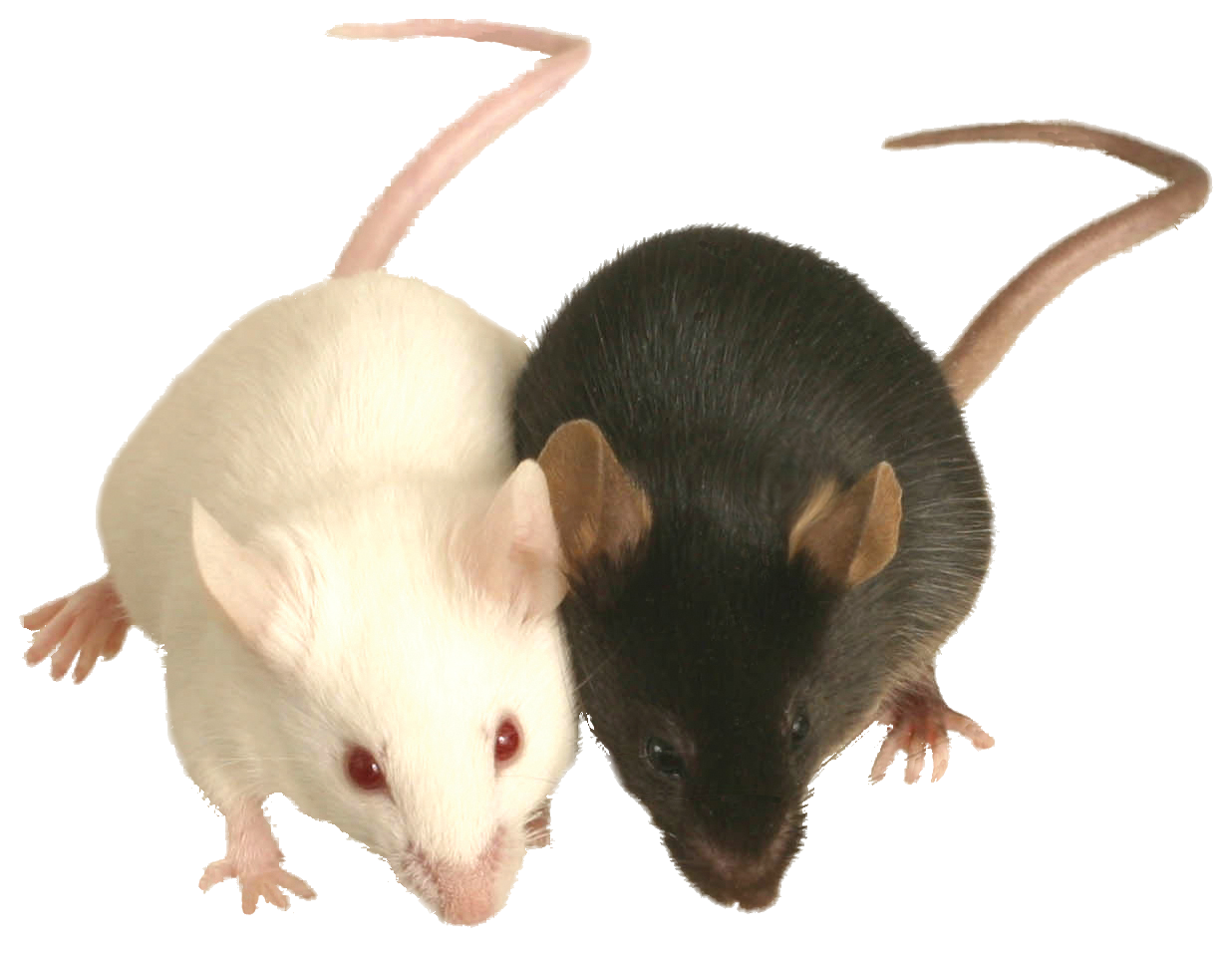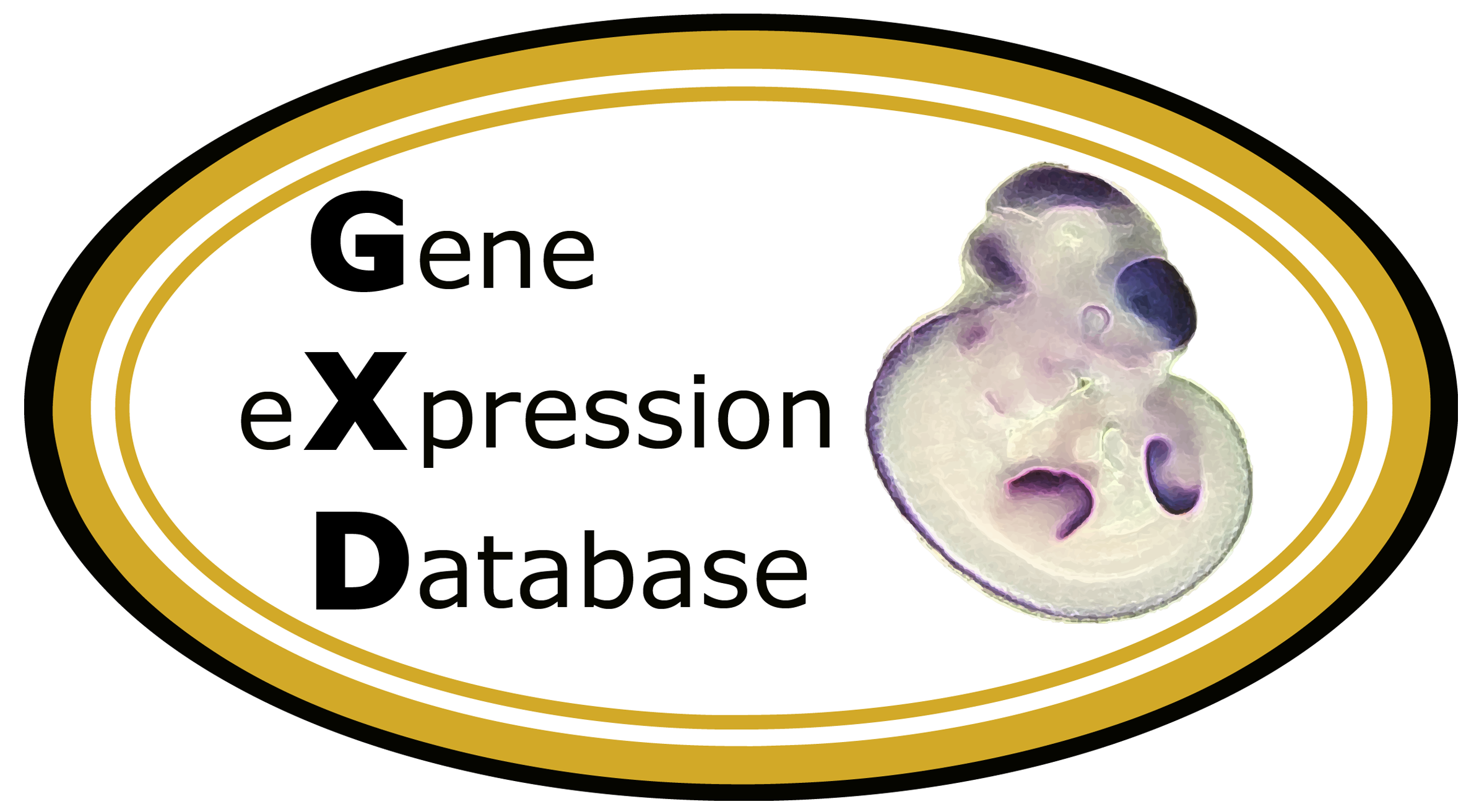| QTL |
Genetic Location* |
Genome Location (GRCm39) |
Reference |
QTL Note |
|
Bglq4 |
Chr4, 33.96 cM |
|
J:99477 |
Authors used novel data mining tool ExQuest to identify novel candidate genes for existing diabesity QTLs. Next, candidate gene expression in the liver, adipose, and pancreas of diabesity-prone Tally Ho mice and diabesity-resistant C57BL/6J mice was assessed by quantitative PCR analysis. Several potential candidate genes, some with no previous association to diabesity QTLs, were identified. Since QTL intervals may be large and could contain hundreds or thousands of potential candidate genes, this method allows researchers to focus on those with strong potential as well as identify novel candidate genes.
Potential candidate genes for Tafat (80 cM) on mouse Chromosome 4 as identified by ExQuest are Ela2, Ela3b, and Dvl1 (82 cM). Chr 10 locus Ela2 exhibits 55-fold decreased expression in the pancreas of Tally Ho animals compared to C57BL/6J. For QTL Bwq1 (6.3 cM), potential candidate gene Decr1 was identified. For QTLs Triglq1 (6.5 cM) and Bglq4 (6.5 cM), potential candidate genes Ttpa, Bhmt(Chr 13), Baat(22.7 cM), and Aldob (22.3 cM) were identified. For QTLs Nidd1 (48 cM) and Dob1 (50 cM), potential candidate genes Lepr (46.7 cM), Dio1 (48.7 cM), Scp2 (52 cM), Faah (56.5 cM), and Usp1 were identified. |
|
Dob1 |
Chr4, syntenic |
Chr4:101574601-123127211 |
J:99477 |
Authors used novel data mining tool ExQuest to identify novel candidate genes for existing diabesity QTLs. Next, candidate gene expression in the liver, adipose, and pancreas of diabesity-prone Tally Ho mice and diabesity-resistant C57BL/6J mice was assessed by quantitative PCR analysis. Several potential candidate genes, some with no previous association to diabesity QTLs, were identified. Since QTL intervals may be large and could contain hundreds or thousands of potential candidate genes, this method allows researchers to focus on those with strong potential as well as identify novel candidate genes.
Potential candidate genes for Tafat (80 cM) on mouse Chromosome 4 as identified by ExQuest are Ela2, Ela3b, and Dvl1 (82 cM). Chr 10 locus Ela2 exhibits 55-fold decreased expression in the pancreas of Tally Ho animals compared to C57BL/6J. For QTL Bwq1 (6.3 cM), potential candidate gene Decr1 was identified. For QTLs Triglq1 (6.5 cM) and Bglq4 (6.5 cM), potential candidate genes Ttpa, Bhmt(Chr 13), Baat(22.7 cM), and Aldob (22.3 cM) were identified. For QTLs Nidd1 (48 cM) and Dob1 (50 cM), potential candidate genes Lepr (46.7 cM), Dio1 (48.7 cM), Scp2 (52 cM), Faah (56.5 cM), and Usp1 were identified. |
|
Nidd1 |
Chr4, syntenic |
|
J:99477 |
Authors used novel data mining tool ExQuest to identify novel candidate genes for existing diabesity QTLs. Next, candidate gene expression in the liver, adipose, and pancreas of diabesity-prone Tally Ho mice and diabesity-resistant C57BL/6J mice was assessed by quantitative PCR analysis. Several potential candidate genes, some with no previous association to diabesity QTLs, were identified. Since QTL intervals may be large and could contain hundreds or thousands of potential candidate genes, this method allows researchers to focus on those with strong potential as well as identify novel candidate genes.
Potential candidate genes for Tafat (80 cM) on mouse Chromosome 4 as identified by ExQuest are Ela2, Ela3b, and Dvl1 (82 cM). Chr 10 locus Ela2 exhibits 55-fold decreased expression in the pancreas of Tally Ho animals compared to C57BL/6J. For QTL Bwq1 (6.3 cM), potential candidate gene Decr1 was identified. For QTLs Triglq1 (6.5 cM) and Bglq4 (6.5 cM), potential candidate genes Ttpa, Bhmt(Chr 13), Baat(22.7 cM), and Aldob (22.3 cM) were identified. For QTLs Nidd1 (48 cM) and Dob1 (50 cM), potential candidate genes Lepr (46.7 cM), Dio1 (48.7 cM), Scp2 (52 cM), Faah (56.5 cM), and Usp1 were identified. |
|
Tafat |
Chr4, 74.75 cM |
Chr4:141621281-141621387 |
J:99477 |
Authors used novel data mining tool ExQuest to identify novel candidate genes for existing diabesity QTLs. Next, candidate gene expression in the liver, adipose, and pancreas of diabesity-prone Tally Ho mice and diabesity-resistant C57BL/6J mice was assessed by quantitative PCR analysis. Several potential candidate genes, some with no previous association to diabesity QTLs, were identified. Since QTL intervals may be large and could contain hundreds or thousands of potential candidate genes, this method allows researchers to focus on those with strong potential as well as identify novel candidate genes.
Potential candidate genes for Tafat (80 cM) on mouse Chromosome 4 as identified by ExQuest are Ela2, Ela3b, and Dvl1 (82 cM). Chr 10 locus Ela2 exhibits 55-fold decreased expression in the pancreas of Tally Ho animals compared to C57BL/6J. For QTL Bwq1 (6.3 cM), potential candidate gene Decr1 was identified. For QTLs Triglq1 (6.5 cM) and Bglq4 (6.5 cM), potential candidate genes Ttpa, Bhmt(Chr 13), Baat(22.7 cM), and Aldob (22.3 cM) were identified. For QTLs Nidd1 (48 cM) and Dob1 (50 cM), potential candidate genes Lepr (46.7 cM), Dio1 (48.7 cM), Scp2 (52 cM), Faah (56.5 cM), and Usp1 were identified. |
|
Thcir6 |
Chr4, syntenic |
|
J:314541 |
Top positional candidate genes include: Ndufs2 (MGI:2385112) for Thcir5; Scp2 (MGI:98254) for Thcir6; Rps6kb1 (MGI:1270849) for Thcir2; Pde4d (MGI:99555) for Thcir4; and Pten (MGI:109583) for Thcir3. These genes are likely to play a role in modulating initial response to THC based on location within modulatory QTL, putative functional sequence variants between B and D haplotypes that segregate among BXD progeny, evidence of genetic control of expression in brain tissue, and previously reported involvement in endocannabinoid/cannabinoid receptor signaling pathways. |
|
Triglq1 |
Chr4, 10.61 cM |
Chr4:25683240-25683429 |
J:99477 |
Authors used novel data mining tool ExQuest to identify novel candidate genes for existing diabesity QTLs. Next, candidate gene expression in the liver, adipose, and pancreas of diabesity-prone Tally Ho mice and diabesity-resistant C57BL/6J mice was assessed by quantitative PCR analysis. Several potential candidate genes, some with no previous association to diabesity QTLs, were identified. Since QTL intervals may be large and could contain hundreds or thousands of potential candidate genes, this method allows researchers to focus on those with strong potential as well as identify novel candidate genes.
Potential candidate genes for Tafat (80 cM) on mouse Chromosome 4 as identified by ExQuest are Ela2, Ela3b, and Dvl1 (82 cM). Chr 10 locus Ela2 exhibits 55-fold decreased expression in the pancreas of Tally Ho animals compared to C57BL/6J. For QTL Bwq1 (6.3 cM), potential candidate gene Decr1 was identified. For QTLs Triglq1 (6.5 cM) and Bglq4 (6.5 cM), potential candidate genes Ttpa, Bhmt(Chr 13), Baat(22.7 cM), and Aldob (22.3 cM) were identified. For QTLs Nidd1 (48 cM) and Dob1 (50 cM), potential candidate genes Lepr (46.7 cM), Dio1 (48.7 cM), Scp2 (52 cM), Faah (56.5 cM), and Usp1 were identified. |
 Analysis Tools
Analysis Tools





